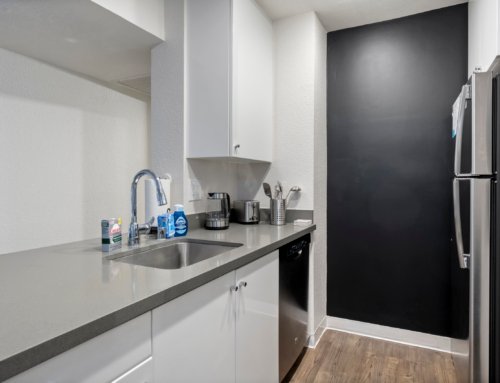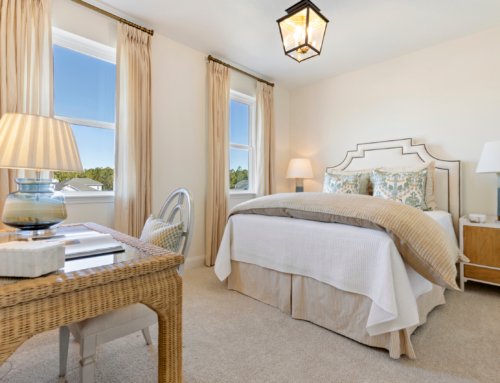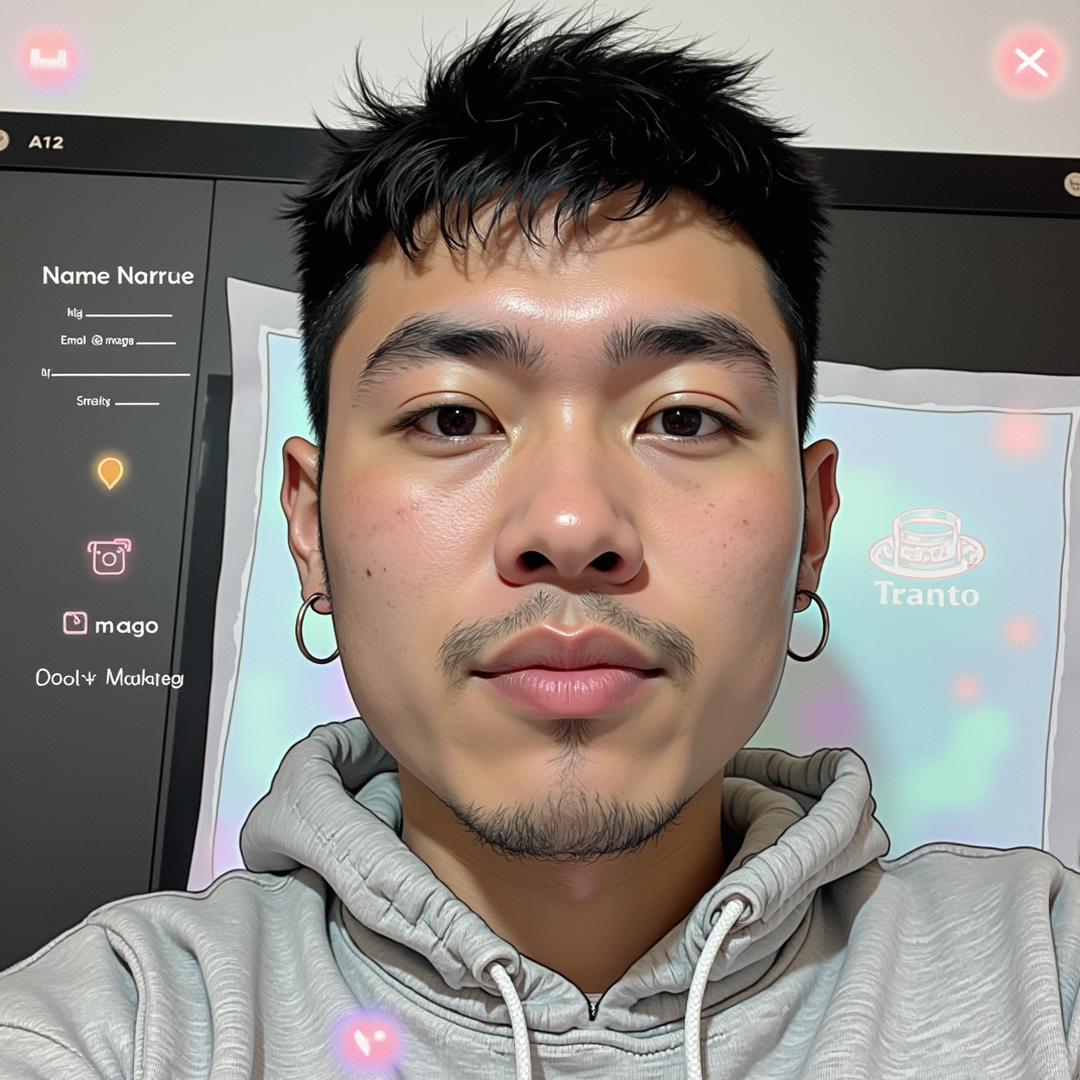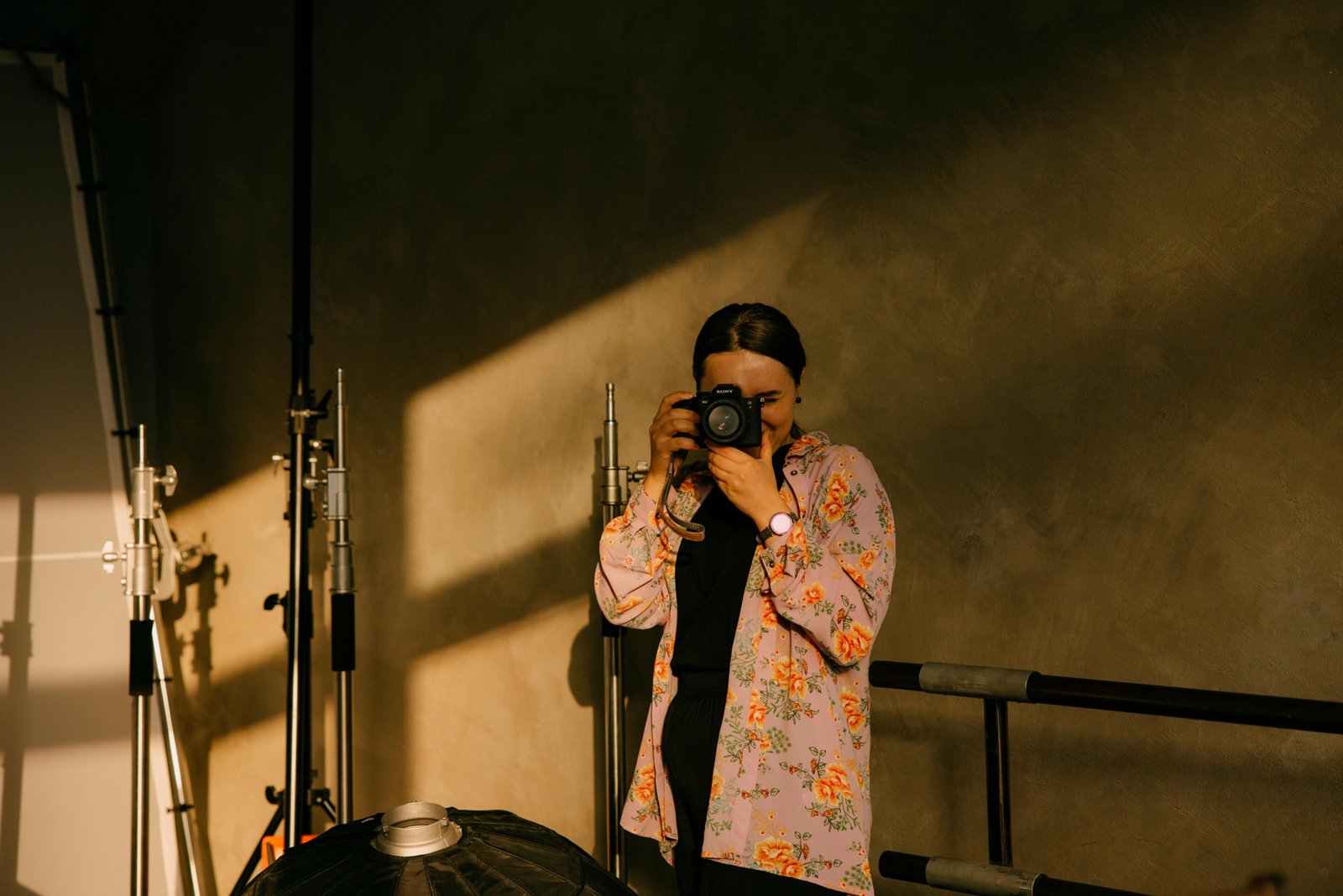
Why Real Estate Photographers Should Invest in Professional Photography Equipment
In the competitive world of real estate photography, it’s not enough to simply own a camera. To truly stand out and provide exceptional results, professional real estate photographers must invest in high-quality equipment. Whether you’re capturing luxury estates, commercial properties, or residential homes, the right gear is essential to deliver stunning, high-resolution images that attract buyers and meet client expectations.
In this article, we’ll explore why investing in professional equipment is a game-changer for real estate photographers. From achieving technical precision to gaining a competitive edge, we’ll break down how upgrading your gear can enhance your workflow and ultimately grow your business.
1. The Importance of High-Quality Gear in Real Estate Photography
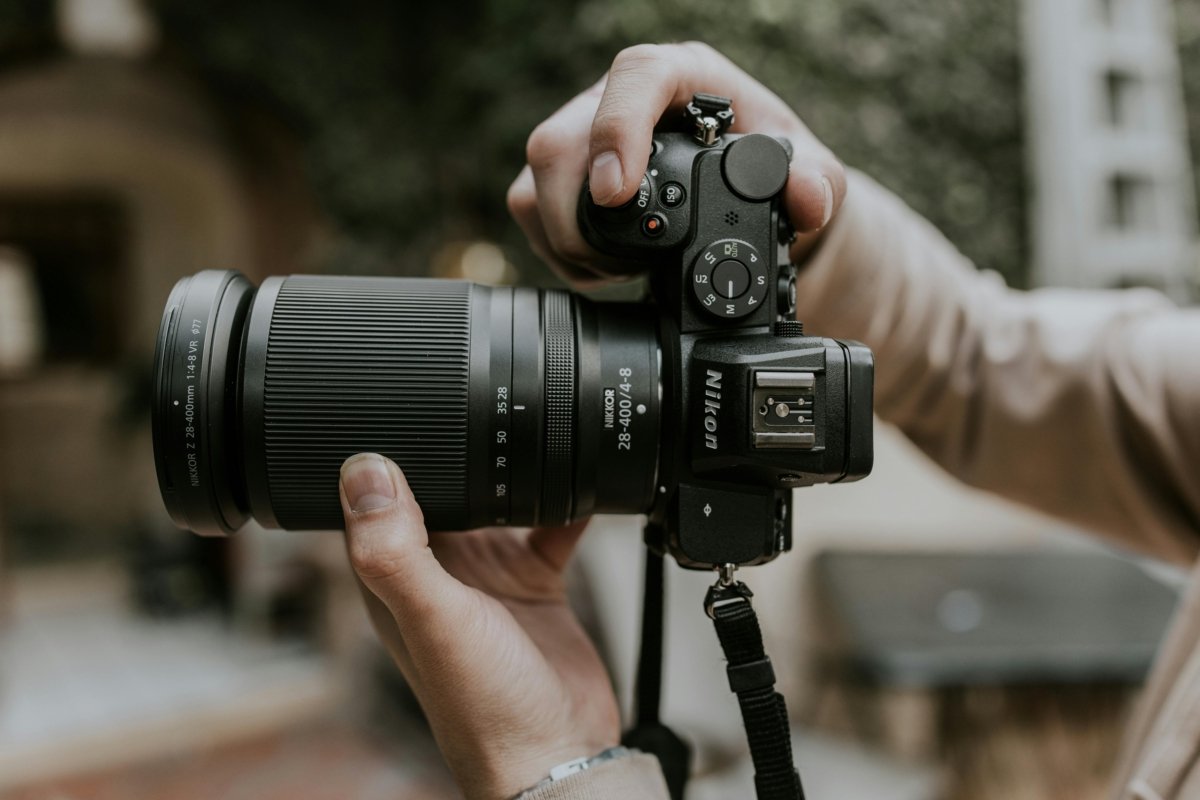
Real Estate Photographers
Sharper, Clearer Images
Real estate photography is all about showcasing a property’s best features. High-quality cameras and lenses ensure that the details are captured clearly, from the texture of a hardwood floor to the sharpness of a view from a balcony. Professional gear allows you to produce images that make every aspect of the property stand out in sharp focus, avoiding the softness or blurriness that can occur with lower-end equipment.
A professional-grade camera body with a high resolution and advanced image sensors is essential for achieving the level of detail and clarity that buyers expect. Higher-end cameras also handle noise and low-light situations better, ensuring your photos maintain their quality regardless of lighting conditions.
Low-Light Performance
Real estate photography doesn’t always happen in ideal lighting conditions. Whether you’re shooting an interior on a cloudy day or capturing a twilight scene, low-light situations are common. Professional cameras are designed to perform better in these challenging environments. They offer greater sensitivity to light, better ISO ranges, and improved noise control, allowing you to take clear, crisp photos without compromising on quality.
For example, shooting in a dimly lit living room or during the evening golden hour requires the ability to maintain sharpness and clarity while controlling light exposure. Without professional equipment, these shots might turn out grainy or overexposed, ultimately lowering the quality of your portfolio.
2. Key Equipment You Need to Invest In
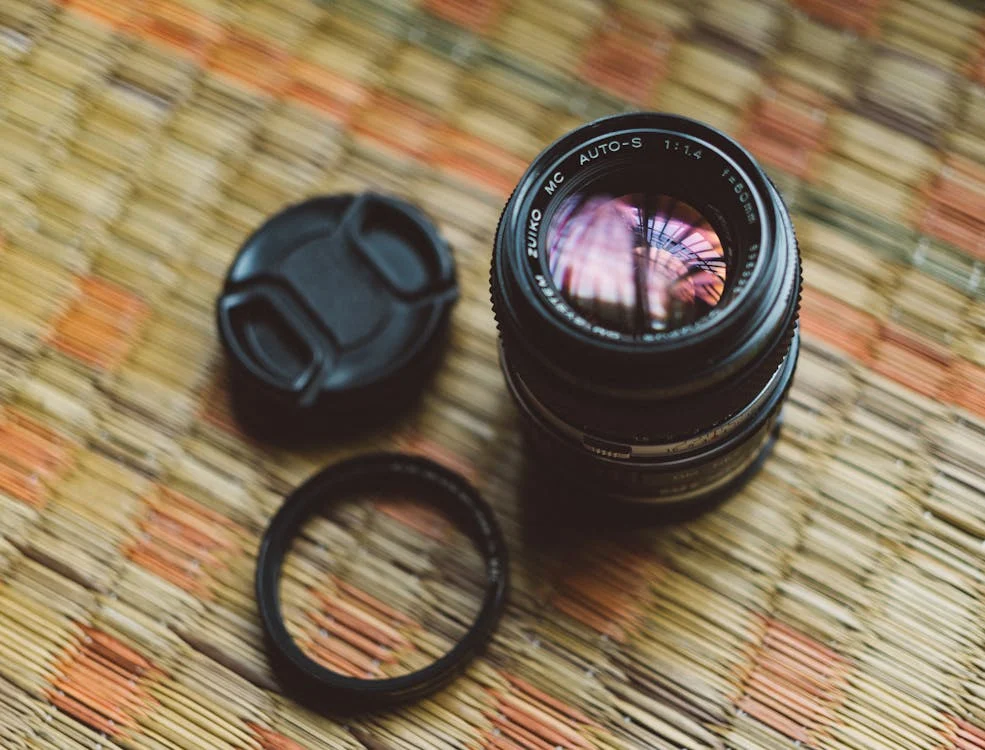
Real Estate Photographers
Camera Bodies and Lenses
While entry-level DSLR or mirrorless cameras can work in a pinch, professional real estate photographers require camera bodies with high megapixel counts for the sharpest images. A camera with a full-frame sensor is ideal for real estate photography because it captures more light and detail, particularly in low-light settings.
When paired with professional lenses, you gain the flexibility to photograph large spaces and wide-angle shots without distortion. Lenses with a focal length between 16mm to 35mm are excellent for wide-angle real estate shots, allowing you to capture more of a room or exterior in a single frame without distorting the image.
Wide-Angle Lenses for Expansive Views
A wide-angle lens is essential for capturing the full scope of a property, especially in smaller spaces like apartments or kitchens. Professional lenses are designed to minimize distortion, so rooms look spacious and natural, not warped or exaggerated. The perspective offered by wide-angle lenses can help you photograph a space in a way that makes it look inviting and spacious—crucial for enticing potential buyers.
Tripods for Stability and Consistency
To avoid shaky or blurry images, a sturdy tripod is essential. A tripod ensures that your camera stays perfectly still, particularly when using longer exposure times or shooting in low light. A tripod also helps maintain consistent framing and composition, which is especially important for real estate agents who want a cohesive set of photos for a property listing.
External Lighting Kits for Balanced Exposure
Proper lighting can make or break a real estate image. Natural light is ideal, but it’s not always available in every room, especially in dark corners or during the evening. External lighting kits like strobes, softboxes, and LED panels are crucial tools for real estate photographers. These lights help illuminate rooms evenly, reduce shadows, and create a more welcoming and bright atmosphere in your photos.
Using a well-placed external light can also highlight the property’s best features, such as countertops, cabinetry, or decorative details, adding warmth and dimension to your shots.
Drones for Aerial Shots
One of the most effective ways to showcase large properties, luxurious homes, or estates with expansive grounds is through aerial shots. Drones allow photographers to capture breathtaking bird’s-eye views, providing prospective buyers with a complete sense of the property and its surroundings. Aerial shots can also offer context, showing how the property fits within its neighborhood, proximity to amenities, or natural landscape.
Investing in a high-quality drone opens up new creative possibilities for real estate photographers, allowing you to offer clients a unique perspective that others may not be able to provide.
Post-Processing Software for Professional Finishing
Even the best camera equipment needs editing to bring out its full potential. Editing software like Adobe Lightroom and Photoshop are essential tools for post-production, allowing you to fine-tune exposure, color balance, contrast, and sharpness. You can also remove any imperfections, adjust the lighting, and correct distortion that might have occurred during shooting.
The ability to professionally edit your photos is just as important as the equipment you use to take them. High-quality editing ensures your photos look polished, cohesive, and ready to be used in marketing materials.
3. Client Expectations and Gaining a Competitive Edge
Meeting Clients’ High Standards
Real estate clients are often discerning and expect their properties to be portrayed in the best possible light. High-quality images not only enhance the property’s appeal but also contribute to its marketability. When you provide consistently excellent images, clients are more likely to return for future business and recommend your services to others.
Standing Out in a Competitive Market
The real estate industry is incredibly competitive, and photographers must constantly strive to set themselves apart. By using top-tier equipment, you demonstrate your commitment to quality, which can help you attract high-end clients and land more lucrative contracts. Your ability to consistently produce exceptional images can give you a competitive edge over others in your market.
High-quality photos not only enhance the property’s presentation but also contribute to faster sales and higher asking prices. When clients see that you deliver superior results, they are willing to pay a premium for your services.
4. Long-Term Benefits of Investing in Professional Equipment
Return on Investment (ROI)
While high-quality photography equipment can be a significant upfront investment, it will pay off in the long run. Professional real estate photographers can charge higher rates for their services and secure more prestigious clients. The stunning quality of your work can lead to more referrals, repeat business, and a growing client base.
Additionally, having the right equipment allows you to take on a wider range of projects, from residential to commercial properties, as well as high-end luxury listings that demand flawless imagery. This increases your earning potential and ensures long-term success in the competitive real estate market.
Building a Reputation as an Expert
Your gear speaks volumes about your professionalism. Real estate agents and property owners prefer working with photographers who use the best equipment, as it ensures top-tier results. As you continue to deliver excellent work with superior equipment, you’ll build a reputation as an expert in real estate photography, attracting more business opportunities.
Conclusion
Investing in professional real estate photography equipment is not just about upgrading your gear—it’s about ensuring your business’s success. High-quality cameras, lenses, lighting kits, drones, and post-processing software are essential tools that will allow you to consistently produce stunning, market-ready images. These tools enable you to meet the expectations of your clients, gain a competitive edge, and increase your earning potential. Ultimately, the right equipment can transform your real estate photography business and set you on the path to long-term success.
Contact me for the best real estate photo editing service.



